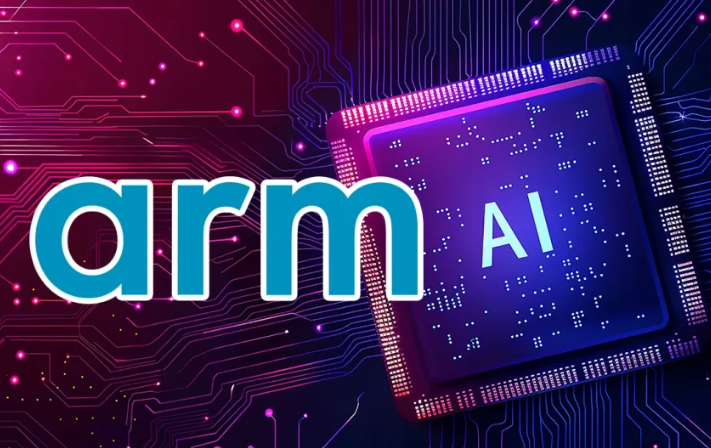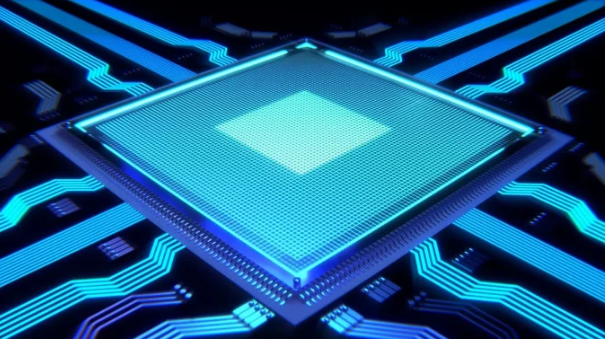
//

Editor: Uncle Yuan
Source:AutoTech News

According to AutoTech News, British chip design company and IP supplier Arm has launched the Zena Compute Subsystem (CSS), a standardized pre-integrated computing platform that enables automotive manufacturers to launch AI-defined vehicles a year ahead of the current industry timeline.
As vehicles rapidly evolve into intelligent, software-defined systems, traditional custom hardware models and lengthy chip development cycles have become major bottlenecks. Arm’s Zena CSS directly addresses this challenge, reducing chip development time by up to 12 months, decreasing engineering workload by 20%, and allowing software innovation to begin before the chips are available.
Redefining the AI Automotive Roadmap
The Zena CSS is based on the Armv9 Automotive Enhanced (AE) architecture, integrating 16 high-performance Cortex-A720AE cores, a safety island based on Cortex-R82AE, security mechanisms based on Arm TrustZone, and optional graphics and imaging capabilities. This computing platform is pre-validated and has safety-ready features, simplifying system validation and certification—one of the most resource-intensive phases in automotive development.
The platform enables automotive manufacturers and chip makers to reuse architectures and software across vehicle models, significantly reducing costs and complexity. Arm expects that most global OEMs (including Tesla, Mercedes-Benz, Honda, NIO, Rivian, and Geely, which already rely on Arm-based platforms) will adopt Zena CSS in the coming years.

Empowering Automotive Manufacturers and Developers
The Zena CSS not only accelerates chip development but also allows software teams to immediately start building applications using virtual platforms provided by partners such as AWS, Siemens, Synopsys, and Cadence. This can shorten software development time by up to two years, creating a critical advantage in an era where AI-driven experiences like real-time driver monitoring, natural language processing, and autonomous navigation are expected to be applied across all vehicle models.
The Arm platform boasts an ecosystem of over 20 million developers, supporting open industry standards such as AUTOSAR, COVESA, Virtio, and SOAFEE, facilitating collaboration and interoperability among Tier 1 suppliers, software vendors, and OEMs.
Industry Leaders Unite to Support Zena CSS
The launch of Zena CSS has received strong support from major automotive and semiconductor leaders:
Magnus Östberg, Chief Software Officer at Mercedes-Benz, praised the platform’s potential to “simplify complexity” and “lay a more solid foundation for providing safe, intelligent, and connected experiences.”
Masashige Mizuyama, Chief Technology Officer at Panasonic Automotive, stated that Zena CSS “aligns with our vision for a software-centric, more flexible automotive ecosystem,” emphasizing the advantages of virtual prototyping and the SOAFEE blueprint.
Dr. Martin Tietze, Vice President of New Technologies at BMW, highlighted the value of Zena CSS in semiconductor emulation and collaborative design work, especially as the company explores future chip architectures.
Keiichi Aida, Executive Vice President at Astemo, emphasized the efficiency gains and scalability benefits brought by standardizing Zena CSS.
Jang-kyu Lee, CEO of Telechips, confirmed that Zena CSS enables the company to “accelerate development and focus on unique areas of innovation” to achieve cost-effective automotive SoCs.
A Future-Oriented Full-Stack Approach
Zena CSS bundles pre-integrated hardware, safety systems, and certified firmware, reducing risks and accelerating deployment from concept to production. It also supports the SOAFEE blueprint, such as Panasonic’s digital cockpit solution and Autoware’s autonomous driving suite, providing a plug-and-play path for OEMs and Tier 1 suppliers.
The Zena CSS approach allows developers to build once and deploy across platforms, benefiting from Arm’s ISA parity from cloud to automotive, ensuring that code written and tested in cloud environments can run seamlessly on edge devices in vehicles.
Related Articles ●●
|Functional Safety Considerations for Basic Steering Systems
|Documentation as Code in Automotive Systems/Software Engineering
|New Line Control Brake System Launched by Nexteer for Automotive Manufacturers
|AUTOSAR Methodology Analysis and Technical Implementation
|Safety Architecture for Performance Evaluation of ADAS and Autonomous Driving Perception
|ECU Hardware Design Fundamentals for Functional Safety in Vehicle Network Communication
|ISO 21434 Cybersecurity Engineering Method
|Using Fault Injection to Validate AUTOSAR Applications According to ISO 26262
|Achieving Functional Safety ASIL Compliance for Autonomous Driving Software Systems
|Software Architecture Design for Safety in Autonomous Driving Systems (Part 2)
|Overall Chiplet Solutions for Autonomous Vehicles (Part 2): Communication Solutions
